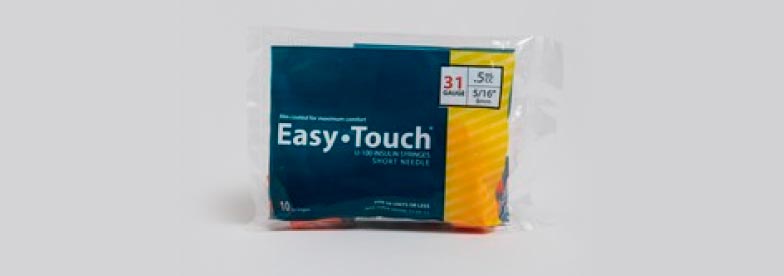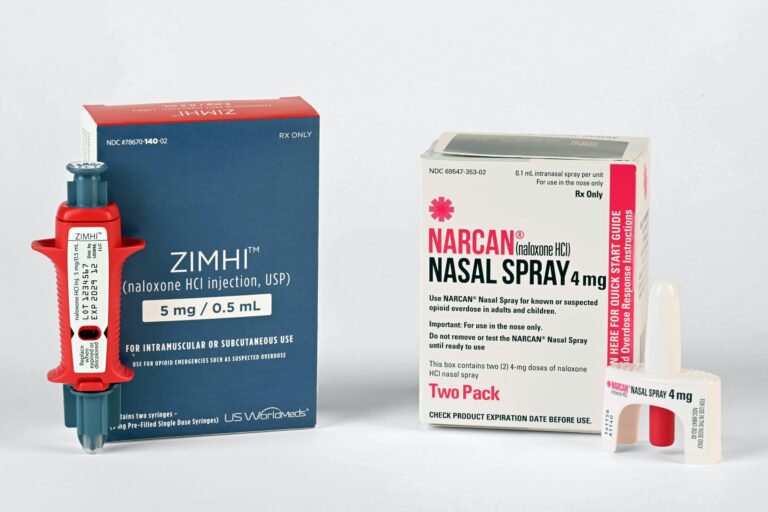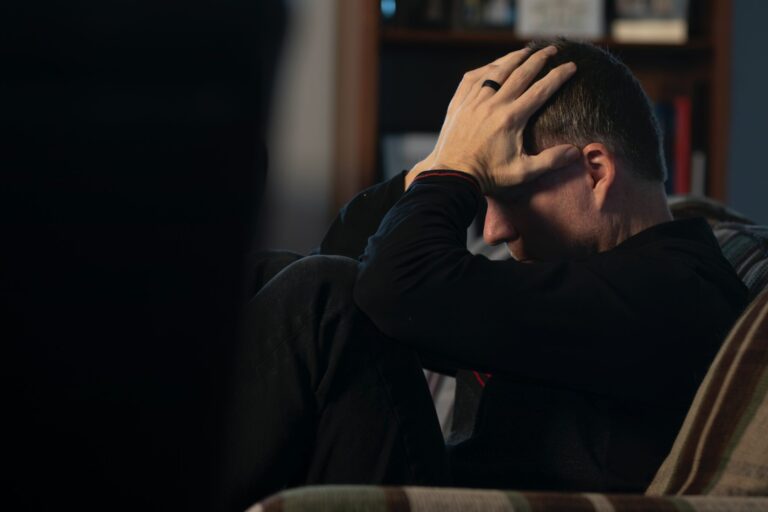The opioid epidemic has continued to rear its devastating head. Opioid overdose rates are at an all-time high, reaching a staggering 104,000 fatalities in 2021 alone. While this is distressing, it is addressable. Organizations across the nation are rallying their efforts to spread awareness around substance use disorder, and uplift the communities around them, addressing this epidemic directly. One way we can do this is by deploying harm reduction education and resources at the ground level. There are currently massive barriers to treatment resources, and while we are committed to removing those barriers, it will take time. By engaging individuals who are in active addiction with low-threshold options, like harm mitigation, we can actively reduce the rising overdose rates. Harm minimization is just one piece of a comprehensive approach to overdose prevention. In this post we’ll outline what harm reduction is, and why it’s important to implement across the nation.
What is Harm Reduction?
Harm reduction is an approach that emphasizes engaging directly with people who use drugs to prevent overdose and infectious disease transmission, improve the physical, mental, and social wellbeing of those served, and offer low-threshold options for accessing substance use disorder treatment and other health care services (SAMHSA).
There is not one path to recovery, and if we want to prevent people from falling through the cracks we must embrace all approaches to recovery
Broadly covering different strategies, harm reduction can range anywhere from encouraging safer use to complete abstinence. As defined by the National Harm Reduction Coalition, harm reduction incorporates a spectrum of strategies that includes safer use, managed use, abstinence, meeting people who use drugs “where they’re at,” and addressing conditions of use along with the use itself.
Harm minimization encompasses all strategies that can be used to de-stigmatize substance use disorder and the individuals suffering from it, and reduce overdose fatalities. There is not one path to recovery, and if we want to prevent people from falling through the cracks we must embrace all approaches to recovery.

Why is It Important in the Recovery Space?
Harm reduction is key to mitigating the harmful effects of substance misuse. By adopting a nonjudgemental approach to recovery, we can cast a wider net that reaches every individual suffering from substance use disorder (SUD). As mentioned previously, this allows us to meet each individual where they are at and deliver support that’s tailored to them uniquely.
Harm minimization was created on the key principle of giving individuals suffering from SUD
Harm minimization was created on the key principle of giving individuals suffering from SUD a voice in the matter, so we are actively engaging members of the SUD community along this process. By allowing individuals a chance to have their voices heard, we can practice “meeting individuals where they are at” and effectively offer services that they are ready to receive.
We see this play out all the time. Recall how you may have felt at the height of your active use – when someone suggested jumping straight into an intensive inpatient program, you might have completely refused. Knowing the reality that there are hundreds of thousands of people not quite ready for that step, we are still committed to reducing the soaring overdose fatality rates. This is why risk reduction is, quite literally, a life-saving strategy.
Examples of Harm Reduction Techniques
Here are some of the techniques that SAMHSA has outlined:
- Overdose reversal medications like Naloxone – read more about Naloxone here
- Substance test kits, such as fentanyl test strips
- Written educational materials on safer injection practices and HIV and viral hepatitis and prevention, testing, treatment, and care services
- Overdose reversal awareness and training services
There are so many more techniques that make up the entire harm mitigation approach, these are a few to give you an understanding of what falls under this category.

Harm Reduction Can Save Lives
When approaching substance use disorder, risk reduction plays a critical role in the larger picture. By remaining nonjudgemental towards the measures taken to save individuals’ lives, we can serve the community as a whole. Reducing harm is a step along the path to healthy recovery for many, and life-saving for others. We’re committed to positively impacting the recovery community, by all means necessary.
How Peer Providers Can Support
By definition, Peer Providers at Kyros meet their clients in recovery where they are at. This means offering support based on what they need each step of the way. Sometimes, this can mean deploying harm reduction strategies, or working with clients in intensive in-patient programs. Regardless of where you are at, a Peer can walk alongside you – learn more about Peer Providers
Sources:
CDC. “Provisional Drug Overdose Death Counts.” Centers for Disease Control and Prevention, 2021.
Accessed 28 April 2023
National Harm Reduction Coalition. “Principles of Harm Reduction.” National Harm Reduction Coalition, 2023.
Accessed 28 April 2023
SAMHSA. “Harm Reduction at SMHSA.” Substance Abuse and Mental Health Services Administration, 2022.
Accessed 28 April 2023.





